







































































































































PRIZES WORTH OVER £3,000!


















With Christmas around the corner, we’ve put together a seasonal gift guide full of creative ideas for your artistic friends and family, providing inspiration in the run-up to the festivities and helping you find something for everyone on your present list. Best of all, the whole lot is up for grabs in our fabulous annual Christmas prize draw, meaning two lucky readers (first prize and a runner-up) are in for a very special Christmas treat! and





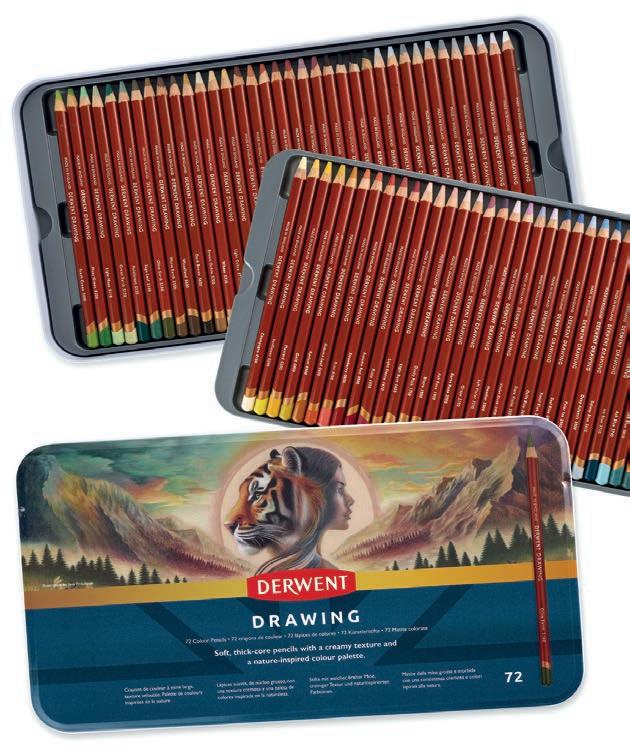



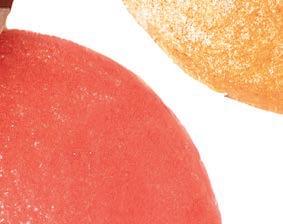
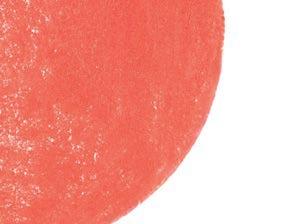

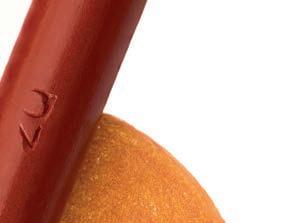
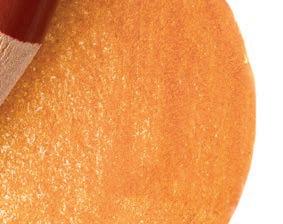



You can’t get better than Derwent when it comes to the pigments in its renowned Drawing Pencil range. There are now 48 new nature-inspired colours, taking the range to 72 in total. The Drawing Pencils are perfect for capturing everything from wildlife and landscapes to portraiture, and the range – which includes yellows, soft purples, blues and greens – o ers artists an incredibly versatile palette. The soft, creamy texture of these pencils makes blending and layering e ortless, enabling you to create depth and texture and achieve a smooth nish. There is a fresh new look to this expanded range of pencils, with a commission on the tin by artist Jess Pritchard that shows the results the pencils can achieve, while alluding to Derwent’s roots amongst the soaring mountains of the Lake District. Derwent Drawing Pencils, tin of 72, worth £190.79 RRP. derwentart.com












Ever thought about trying digital art? Well, now’s your chance. The award-winning Rebelle 8 Pro software simulates oils, acrylics, inks and watercolours with remarkable authenticity. The pigment colour mixing, oil thickness, watercolour di usion and nano-pixel technology mimic how the natural mediums interact with canvas and paper surfaces. The software is suitable for anyone who wants to explore digital art, from beginners to professionals. If you work in watercolour, it can simulate granulation e ects, control transparency and create wet, dry and blown paint e ects. For oil and acrylic, there are a variety of brush and palette knife options, and the paints feel rich and textural, while the digital brushes achieve the same results as actual brushes you’d hold in your hand. The package comes with a lifetime licence with a one-year free feature update and access for up to three computers. Escape Motions’ Rebelle 8 Pro, worth £129.99 RRP escapemotions.com ▸


JANICE LIGHTOWLER tells Niki Browes how she creates naturalistic images of the world through landscape and portraiture ▸


This step-by-step looks at recession, along with the creative use of opaque White Gouache, which is usually applied to the dry surface to reinstate or create highlights. However, here it works beautifully to create the softness of snow in the middle distance when applied wet-in-wet.
The other thing to watch out for here is the importance of making trees look individual. When adding the branches, try to avoid adding them directly opposite a branch coming from the trees on the opposite side. Even if one is there in real life, if you try to replicate that in a painting it can look contrived.
The beauty of this step-by-step is that it’s quick and simple, so should only take you about 30 minutes to complete. It is also one of a series of woodland watercolour scenes which are worked at postcard size, which will be fun to try if you haven’t worked on something that small before. But of course, there’s nothing to stop you recreating this scene on larger size paper if you’d prefer. ▸ watercolourlandscapes.co.uk

ANNA - MARIE shows that less can be more when you set out to capture the essence of a Christmas scene
ANNA - MARIE’S MATERIALS
Pencils
Caran d’Ache Luminance:
White 001, Silver Grey 002, Violet Grey 093, Butternut 542, Buff Titanium 801
Caran d’Ache Pablo: Granite Rose
Faber-Castell
Polychromos: Cadmium Orange 111, Scarlet 118, Dark Indigo 157, Dark Red 225, Pine Green 267, Earth Green 172, Dark Sepia 175, Walnut Brown 177, Terracotta 186
Support
Hot pressed Fabriano paper
Light pad for line drawing
Embosser tool
Eraser
Sharpener
Slice Tool
Cotton bud
Little captures the spirit of Christmas more perfectly than a puppy nestled beneath the tree, bringing to mind the twinkle of festive lights, the glow of December evenings and that unmistakable mix of nostalgia and anticipation for the joys still to come. In this piece, I set out to capture that magic on paper, using perspective, depth and focus to draw the eye. The soft blur of fairy lights in the background creates an enchanting atmosphere, while the puppy remains crisp in the foreground, embodying the heart of the moment. After all, those hazy Christmas lights echo how many of us see the world after a glass or two of mulled wine - a little fuzzy, but utterly magical.
Working with coloured pencils is a slow process, but their beauty lies in layering. With the same pencil, you can achieve midtones and darker tones simply by varying the pressure. Layering base tones, then building depth and burnishing, transforms colours and textures, giving the drawing richness and life. Remember, you don’t need to perfectly replicate the background. What matters is capturing that festive sparkle, not every exact detail. For me, a drawing feels complete when it holds the essence of the subject, not when it’s an identical copy.
annamarietheartist.com

Begin with a line drawing. I use a light pad and one of my base colours, Butternut, to trace the outline. With an embossing tool, mark out the whiskers around the muzzle so they stay crisp white later against the background. Then apply low tack tape around the edges to give your piece a clean border. Cover the drawing with soft, even base layers in White, Buff Titanium, Silver Grey, Butternut and Violet Grey. This step is time-consuming but vital for a smooth finish. Coloured pencils build best through layering, and these tones give the drawing a strong foundation. I apply them lightly across the whole piece, leaving the eyes untouched since they are going to become the darkest areas. ▸

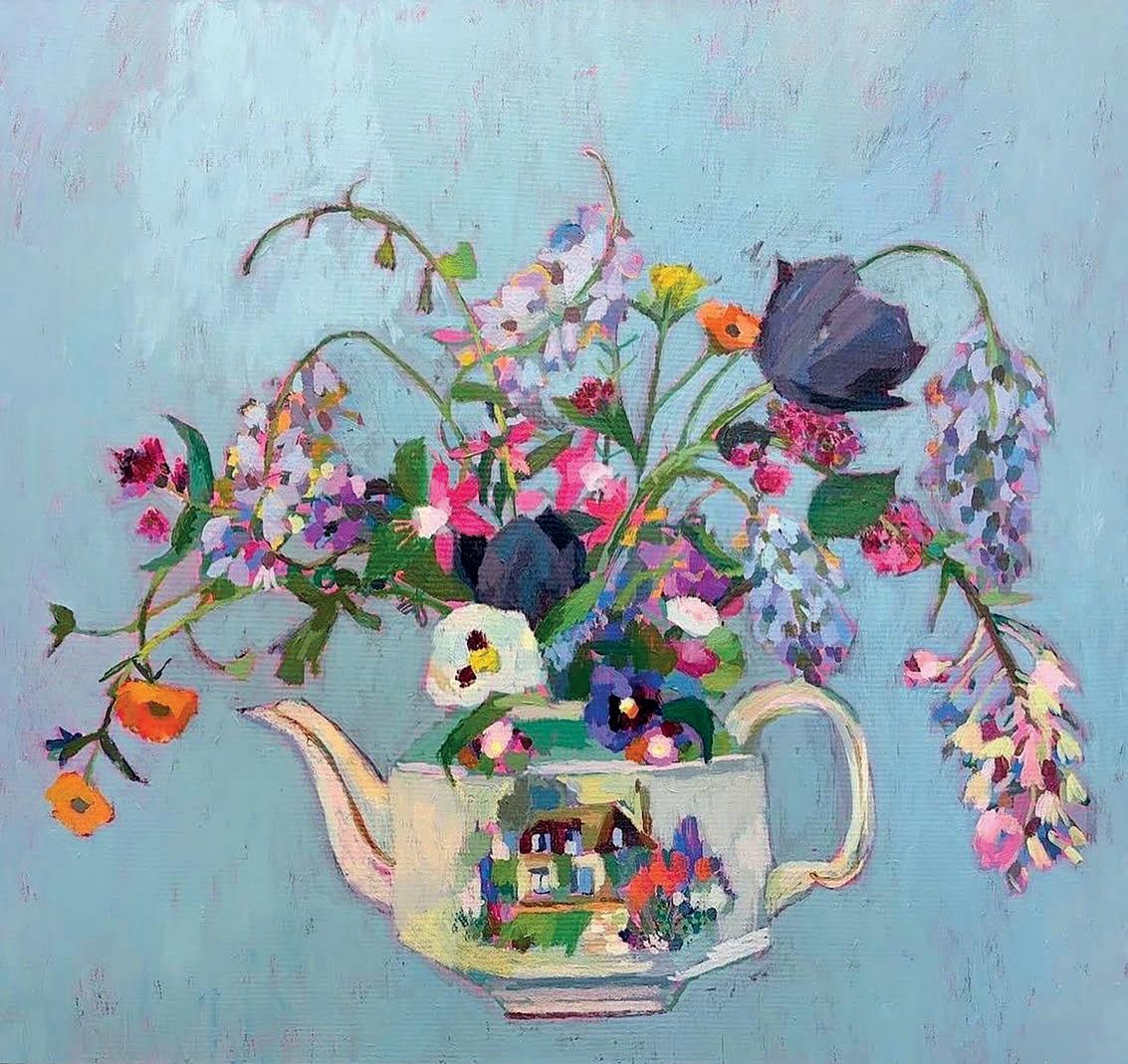
In every issue, we ask an artist to tell us about a piece of work that is important to them. This month, we speak to acrylic artist CHARLOTTE HARDY
For the last year I have been setting up still lifes in my studio instead of working from photos. I collected the flowers for this painting from local green spaces and in my garden over a few days first thing in the morning. The teapot was lent to me. I wanted to capture the feeling of sheer delight and joy that nature inspires in me. I’m always noticing nature around me, as I grew up in the countryside and feel a great connection to plants and flowers. I find the beauty of nature life affirming. When I look at this painting, I enjoy the feeling of colourful
abundance within the calm and spacious background. I especially love the colours; they almost glow against the blue background. I would love viewers to feel the magic and beauty of nature. And my advice to other artists? Be true to yourself and have the confidence to show your view of the world. If you’re authentic, the work will have something important to say and resonate with others because you have painted from your heart. charlottehardy.co.uk ▫